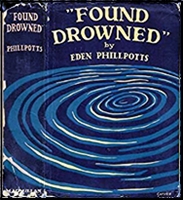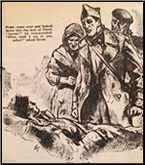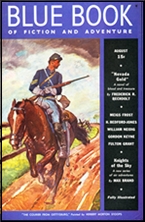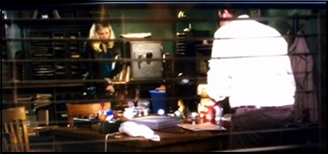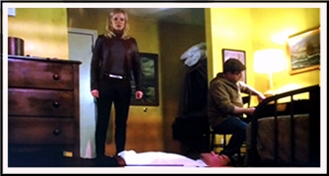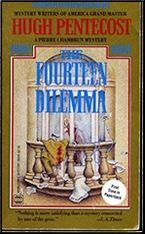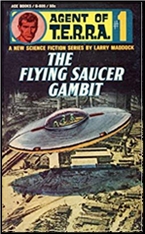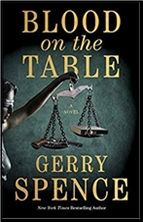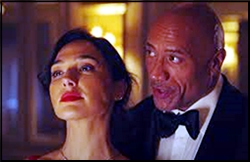REVIEWED BY DAVID VINEYARD:
CRIME ON THE HILL. British International Pictures, UK, 1933. Sally Blane, Sir Nigel Playfair, Lewis Casson, Phyllis Dare, Anthony Bushell. Screenplay by Vera Allison, E. M. Delafield, Bernard Vorhaus, Michael Hankinson. Based on a play by Jack Celestin and Jack DeLeon. Directed by Bernard Vorhaus.
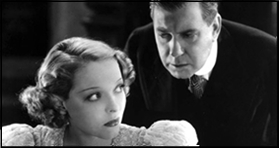
This little sleeper does show its age, but is a handsomely shot and intelligent old fashioned Golden Age fair play mystery with several nice touches that add up to a fairly taut and effecting ending and a genuine Great Detective moment done as nicely as I have ever seen, as a series of rapid flashbacks point out the things we may have missed or failed to properly give weight to, rather than a talky boring rehash of the case at a gathering of suspects.
The fact that this is based on a play and not a book is probably to its great advantage, as the dialogue is fairly sharp, and all the cues are hit on time.
The squire of a tidy little English village dies leaving his estate to his American ward Sylvia Kennett (Sally Blane), but from the start things start to go bad. Sylvia’s boyfriend Tony Fields (Anthony Bushell) won’t marry her because she is now rich, and then attractive middle aged friend Claire Winslow (Phyllis Dare) shows up with evidence she and the Squire were married, making her the heir.
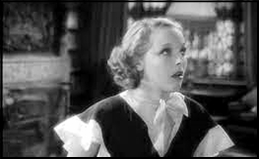
That’s no problem for Sylvia who can now marry Tony, but he still seems reluctant and is hiding something to do with the attractive maid.
Worse yet, the villagers are gossiping suggesting murder even though the Squire was being treated by Dr. Moody (Sir Nigel Playfair) for a terminal heart condition, and eventually the gossip gets bad enough Scotland Yard shows up with an exhumation order, the result of which shows the Squire was poisoned, the doctor missing it because his heart medicine had a small amount of cyanide in it.
Now unpleasant truths start coming out, and in short order Tony Fields finds himself arrested, tried, and convicted of murdering the old man, and as for the maid who was going to tell the police something when she was killed, it turns out she had his baby before he went off to University.
Detective work here is in the hands of Vicar David Grey (Lewis Casson), hunting and fishing buddy of Dr. Moody, and an old friend of the family. Upset that his little demi Paradise is concealing murder and other darker sins, the Vicar finds himself playing reluctant sleuth when a passing remark by a visitor at the Manor during a local open house accompanying a yearly charity affair puts him on the path to the shocking and unsettling truth about the Squire and his murder.

Replete with red herrings, colorful characters, alcoholic reporters, sensational headlines, flustered Scotland Yard men, dark secrets, darker revelations, a not too intrusive romance with a more interesting than usual couple, and a fine final set piece and beautifully shot little coda at the end this is an outstanding example of the form, and frankly works better and holds the interest better than many a better known mystery adaptation.
Bernard Vorhaus’s direction and cinematography by Claude Friese-Greene are both outstanding. A nightmarish fair ground is a particularly good set piece.
Only running an hour and three minutes, this one is well made with imaginative use of camera angles, camera tricks, and shadows to heighten the effect and dramatize the proceedings. The acting is better than usual and Casson as the unworldly but canny Vicar and Playfair his cynical medical friend are outstanding in what could easily have been merely comedy relief or preachy roles.
The final scene has real power, is imaginatively shot, and will hold the attention of even the most jaded mystery viewer.
You might find yourself comparing it to Marjorie Allingham’s Tiger in the Smoke in its portrayal of a truly good, but still interesting man confronted by human evil without losing his faith. I would have loved to have seen a Father Brown movie this well done.
